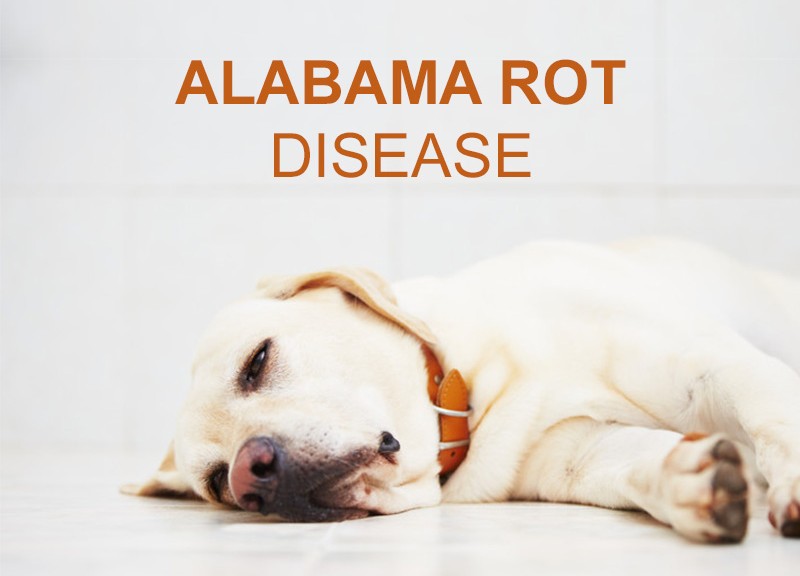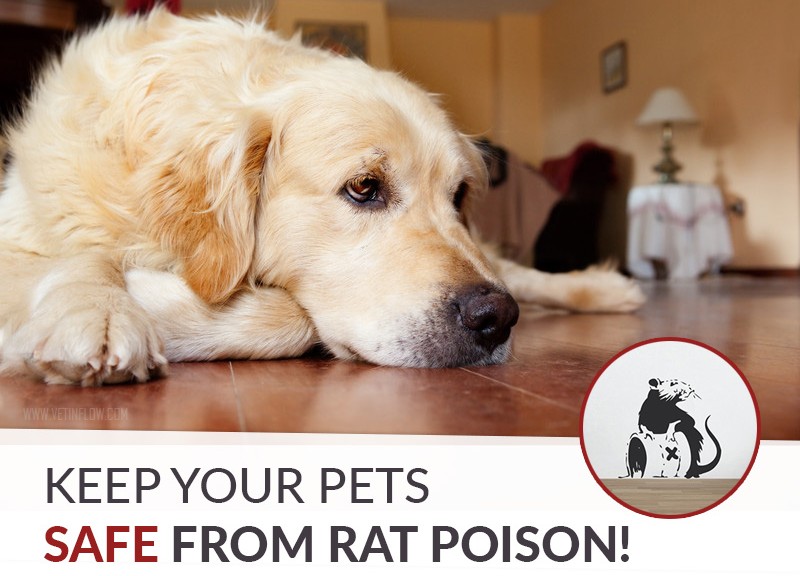If your female dog is expecting puppies then this post is for you. It is important for you to be informed on how this process develops so you can intervene and help your pet if necessary.
Dystocia is a medical term referring to difficulty of giving birth and this can occur during any stage of labour. There are three stages of birth that owners should consider. The first stage is when the uterine contractions start and the water breaks. At this stage the female dog may be restless, nervous and occupied with nesting activity. The second one is when the puppies are pushed out by uterine contractions. The third and final one is the delivery of the foetal membranes.
Please pay attention to the following symptoms when taking care of your pregnant female dog:
- More than 30 minutes of persistent strong abdominal contractions without expulsion of offspring
- More than 4 hours from the onset of stage 2 to delivery of first offspring
- More than 2 hours between delivery of offspring
- Crying female, displaying signs of pain and constantly licking the vulvar area when contracting
- Prolonged gestation – more than 72 days from the day of first mating; a dog’s gestation period usually lasts around 62 days
- Presence of greenish black discharge preceding the birth of the first offspring by more than 2 hours
- Presence of bloody discharge prior to delivery of first pup or between puppies.
There are many reasons why female dogs can have trouble giving birth. They could be related to the mother, related to the puppies or even related to both of them. The mother can have poor uterine contraction, ineffective abdominal pressure, a small pelvis, insufficient cervical dilation and lack of adequate lubrication. The puppies can have an abnormal presentation, position or posture and they can also be too big for the mother’s birth canal.
Brachycephalic and toy breeds, obesity, age and previous history of this condition are predisposing factors for dystocia.
Prompt identification and intervention when a dog is having trouble giving birth is key for the survival of the mother and her litter. It is very important to do a good follow-up of your dog’s pregnancy. In case of any doubt or if you notice any of the above mentioned symptoms please contact your vet.
Don’t forget to spoil and enjoy your furry new bundles of joy!
Would you like to know more about dogs? Check our Canine Courses:
Canine courses



















